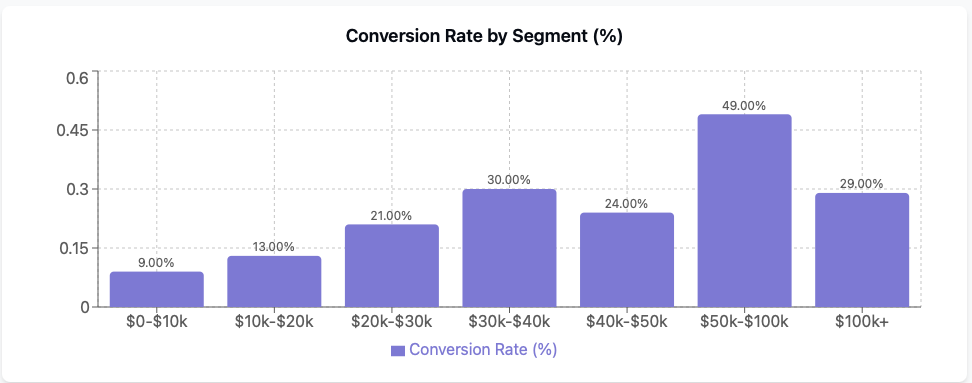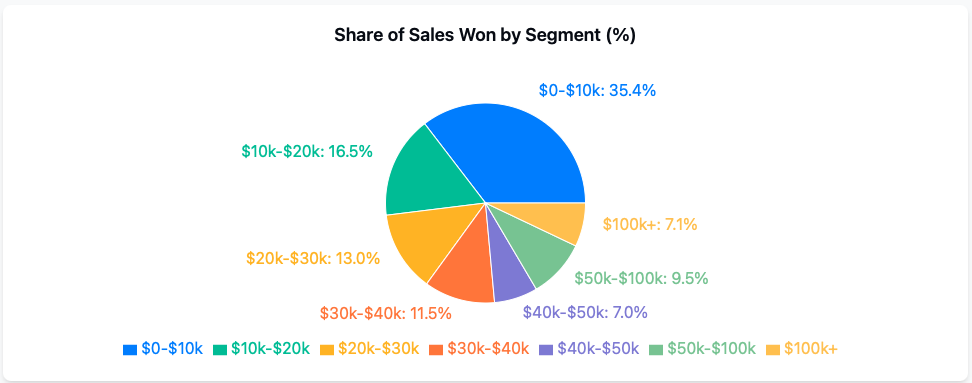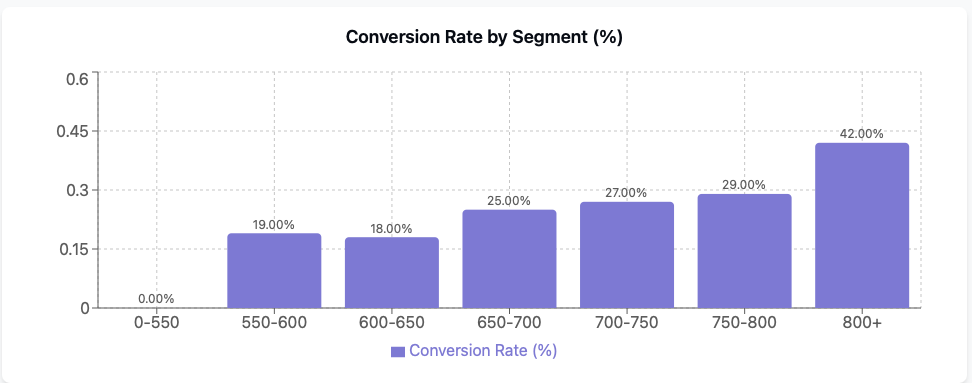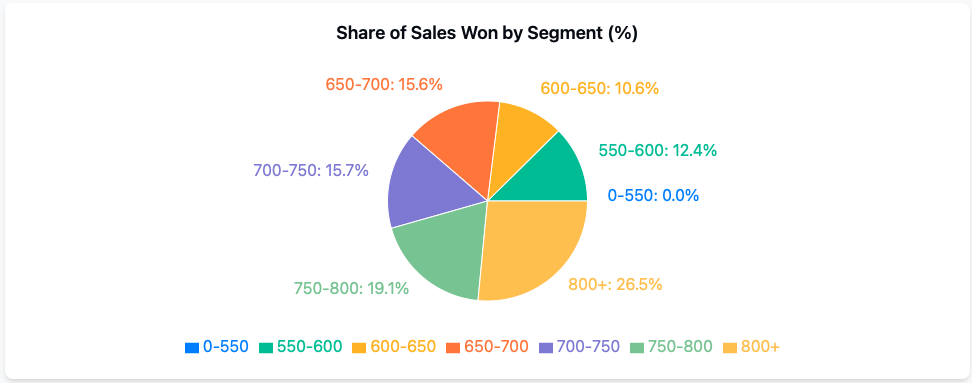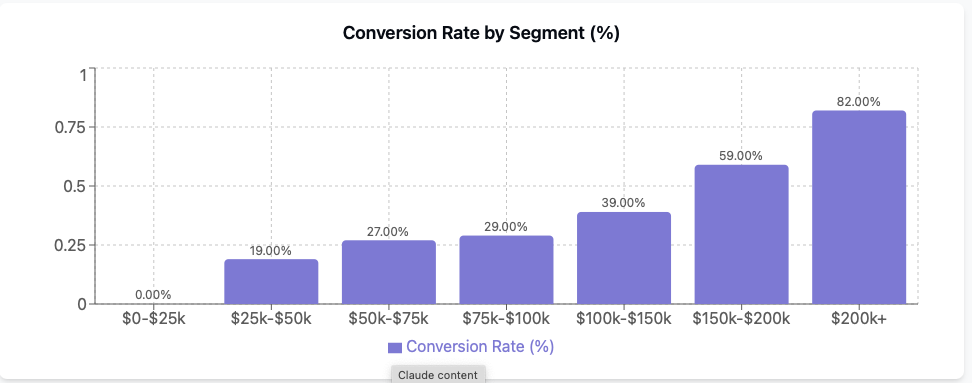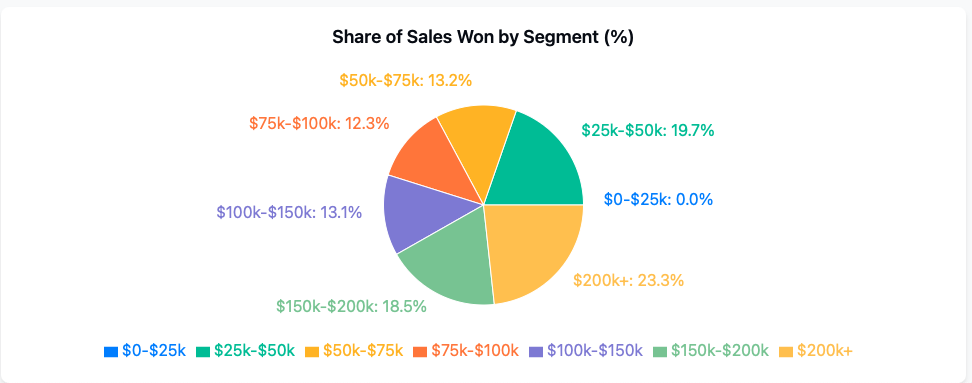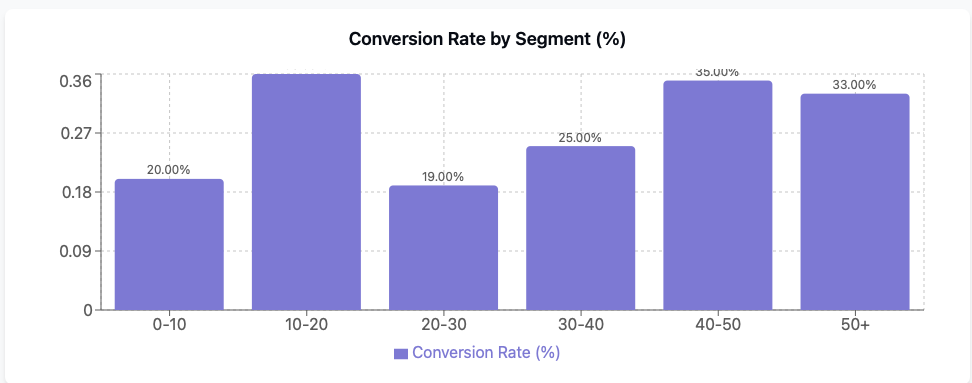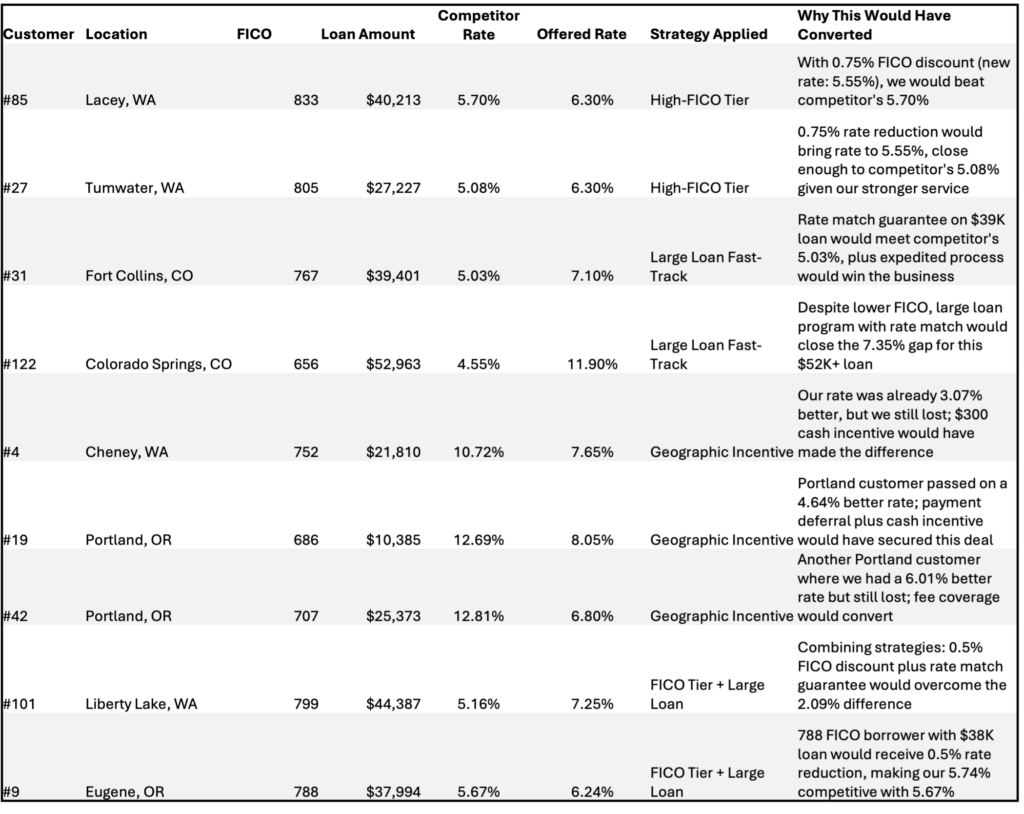The Compliance Imperative in Data-Driven Financial Marketing
By Devon Kinkead
In “Navigating Compliance Challenges in the Age of Data‑Driven Financial Marketing,” Alyssa Armor, VP Product, Financial Services at Vericast reminds financial marketers that the era of hyper-targeted, data-rich campaigns comes with very real regulatory and reputational risks.
A few key takeaways:
- Marketing teams must integrate compliance functions at the campaign design stage, not treat compliance as an after-thought or a final checkbox.
- The use of machine learning / AI in targeting introduces risks of disparate impact, because many input variables (credit-score, homeownership, ZIP code, income) correlate with protected classes.
- The shift from broad-reach to precision-targeting amplifies both opportunity and risk: what was once “reach everybody” is now “reach the right set of people,” but in doing so, marketers must still guard against unfair exclusion or unintended bias.
- Because of increased regulatory scrutiny and the sophisticated analytics now available to regulators themselves, financial institutions cannot assume “we’ll check compliance after launch” will suffice.
In short: the article’s perspective is that compliance is no longer simply a cost center—it must sit front and center in the workflow of data-driven marketing.
My Reaction
Ms. Armor’s perspective is spot-on. At the same time, I’d argue that the story goes beyond “marketing must be careful”—it’s marketing must be smart, iterative, measurable, and compliance-enabled. Two themes stand out:
- Measurement and optimization: Data-driven marketing means you can measure a lot—response rates, conversion, cost per acquisition, lost applications to competitors, etc. But too often compliance constraints are treated as static (“we have to check X, Y, Z”), rather than dynamic (“what do we learn from each campaign about risk exposure, bias, and performance?”). Without measurement loops, you won’t improve.
- Embedded compliance automation: The article rightly points to modelling risks, disparate impact, and third-party vendor exposure. But if you try to manually manage compliance review of every algorithm, model, channel, offer creative and audience segment, you’ll choke the campaign cadence. That’s where automation + AI compliance tooling become vital.
The good news: when you combine post-campaign analytics (what happened, what worked, what under-performed, where we got conversion or lost volume) and compliance AI/tools (pre-launch monitoring, bias detection, automated creative rule-check, vendor monitoring, audit trails) you begin to build a virtuous loop of campaign-to-campaign improvement.
Bridging to Prescreen Marketing: Why the Micronotes Lens Matters
Turning to the prescreen marketing context (as the Micronotes blog posts emphasise) offers an instructive lens. According to our “What Standard Chartered Taught Us about Speed—and How to Apply It to Loan Growth” piece, the prescreen business lives at the cross-roads of underwriting, marketing, compliance (FCRA), data, channels.
Key points from that piece that apply here:
- They emphasise a structured operating model (single ranked backlog, weekly huddle, visual board) to deliver campaign slices, measure cycle time, track “right-first-time” rates, etc.
- They call out explicitly that one of the metrics to measure is “right-first-time rate: % of slices that launch without rework (proxy for clean inputs & compliance).”
- Post-campaign analytics are central: they talk about “review post campaign analytics and determine what’s winning market share and what isn’t.”
If we overlay this with the compliance challenges highlighted in the Financial Brand article, one can see how the alignment becomes critical: you cannot just launch a prescreen campaign and hope for the best. Instead you should embed into the prescreen campaign lifecycle:
- Pre-launch compliance gate: Use compliance AI/tools to check creative language (FCRA disclosures, equal-opportunity language, nondiscriminatory language), audience segmentation (check for potential disparate impact), vendor data quality, data sourcing, data modelling for bias.
- Launch + tracking: As the campaign runs, capture response metrics, conversion, channel performance, cost per acquisition, lost volume to competitors.
- Post-campaign analytics: Segment by geography, credit tier, product type, channel, audience slice. Identify what worked (and what didn’t) — including where compliance issues or risk exposures appeared (for example, high rework for creatives, high regulatory review time, or unexpected audience exclusions).
- Feedback loop: Use the insights from the post-campaign review to refine the next campaign slice: adjust targeting, refine model inputs so as to reduce bias risk, adjust creative language to improve clarity/disclosures, adjust channel cadence, reduce cycle time, improve “right-first‐time” rate.
In other words: compliance is not a static checklist before launch—it becomes part of the continuous improvement loop. And that loop is measurable because of the analytics.
Why This Combined Approach Matters
Here are some of the major reasons why blending post‐campaign analytics with compliance AI and tooling is increasingly mission-critical:
- Speed wins — In prescreen marketing, offers go out and often conversion decisions happen very quickly. If you drag compliance review or fail to learn from prior slices, you lose the moment. This Micronotes piece shows how the feedback loop allows faster cycle time and higher throughput.
- Risk reduction — As The Financial Brand article emphasizes, using data and AI for targeting can inadvertently create disparate impact. If you only deploy campaigns, you risk model error, discriminatory outcomes, regulatory scrutiny or worse. Integrated compliance tooling helps detect and mitigate these risks early.
- Performance improvement — Analytics show what works (which slices convert, which channels yield, which segments are responsive). That fuels smarter segmentation, channel mix, creative personalization, which in turn drives better ROI. Meanwhile, compliance review ensures that the changes you make don’t violate guardrails.
- Auditability & documentation — Regulators expect you to show not just “we complied” but “we have processes, we review, we measure, we adjust.” Having both analytics and compliance tooling means better documentation of campaign decisions, segmentation rationale, model logic, creative review history.
- Competitive differentiation — Many institutions treat compliance as a cost and slow down their marketing. If you embed compliance smartly and use analytics to iterate, you can move faster and smarter than competitors who are still stuck in manual, slow workflows. Micronotes emphasizes flow, fewer slices in process, finish top priority slices every week.
Practical Steps to Implement the Combined Approach
We advise financial institution (bank or credit union) to operationalize this approach through a phased roadmap:
Phase 1 – Baseline & Governance
- Map your current prescreen marketing workflow: who owns targeting, creative, compliance review, launch, and post-campaign analytics.
- Establish clear governance: marketing, compliance/risk, data science/analytics functions must be aligned and have defined roles.
- Identify key metrics: cycle-time from slice start → launch, cost per funded loan, response rate by segment, conversion by channel, right-first-time rate (compliance reworks).
Phase 2 – Compliance AI & Tooling Enablement
- Deploy or integrate a compliance technology platform that can: pre-scan creatives for regulatory language/disclosures, evaluate audience segmentation for bias/disparate impact, monitor vendor data and model inputs for fairness and auditability.
- Train marketing/data teams on how to interpret compliance flags and adjust accordingly.
- Establish pre-launch compliance gate: no campaign goes out without automated compliance check + human sign-off.
Phase 3 – Post-Campaign Analytics Framework
- Build dashboards: For each prescreen campaign slice, capture performance by segment (credit tier, geography, product, channel), and also capture compliance metrics (e.g., creatives reworked, audit findings, complaint rates, regulatory flags).
- Conduct reviews at fixed cadence (weekly or biweekly huddle + improvement hour) where marketing and compliance meet to evaluate last week’s campaign slice, blockers, performance, compliance issues.
Phase 4 – Feedback & Continuous Improvement
- Use analytics findings to adjust subsequent campaign slices: e.g., target a higher-response segment, adjust offers or messaging, shift channels, refine model inputs to reduce bias risk.
- Use compliance findings to refine the targeting/creative/compliance interplay: e.g., discover that certain combination of filters correlated with protected class over-exposure → adjust modeling or segmentation logic.
- Track improvement over time: show how cycle-time improves, right-first-time rate increases (fewer reworks), cost per funded loan decreases, conversion improves.
Phase 5 – Scale & Institutionalise
- Once this feedback loop is proven for one or two products or regions, scale to multiple product types (auto refi, HELOC, personal loan), and across geographies.
- Document your workflows, audit trails, dashboards and embed this into the operating rhythm.
- Use the data to show to senior management/regulators: “here is how our campaign-to-campaign improvement process works, and how we manage compliance risk while driving growth.”
Final Thoughts
The intersection between compliance and growth in data-driven financial marketing is no longer optional—it is strategic. The article from The Financial Brand makes the case clearly: as targeting becomes more precise, the margin for error shrinks, and regulatory scrutiny tightens. The prescreen marketing commentary from Micronotes adds actionable operational discipline: define slices, track cycle-time, measure “right-first-time,” run improvement cycles.
By marrying post-campaign analytics (to capture what the market told us, what worked, what didn’t) with compliance AI/tooling (to monitor risk, bias, regulatory alignment) you build a campaign machine that is both compliant and optimized. In effect: you move from one-off campaigns to a continuous improvement engine where compliance is baked in—and growth is the outcome, not an accident.










